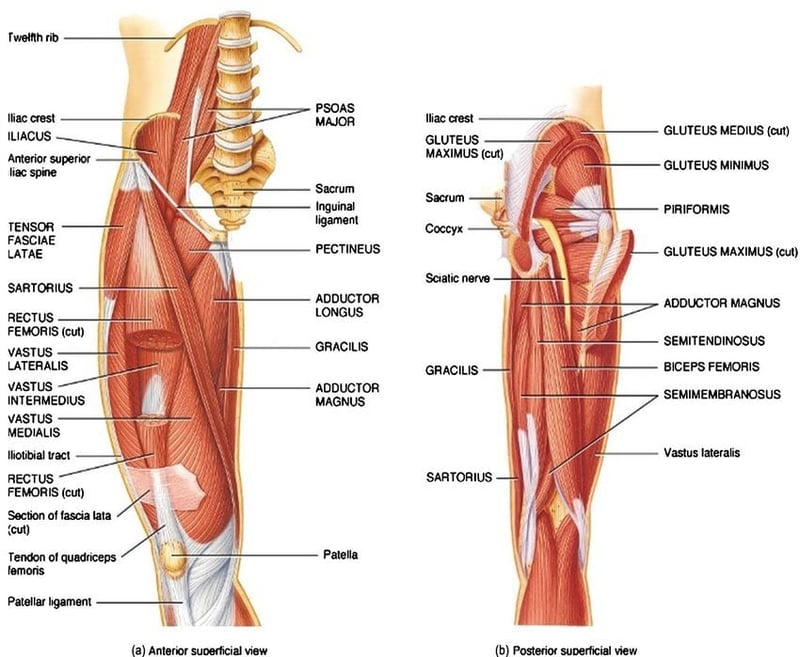
Go ahead, lie on your back with your knees bent, straighten one leg, and you’ll likely hear some hip pops as your leg is lowered to the floor.
If you don’t feel/hear that sound, you either;
didn’t do the above correctly
don’t exercise enough
don’t sit enough
Since we are all guilty of the above, let’s move onto to the broader cause of that hip pop, which is overuse of your hip musculature. And yes, sitting qualifies as overuse too!
That sound occurs when your muscle, tendon, or ligament rolls over a bony prominence in your pelvis. But really the issue goes beyond your hips, and involves a region called the lumbo-pelvic-hip complex (LPHC). Working from the ground up, your hip bone attaches to your pelvis, your pelvis then attaches to your sacrum (tailbone), and your sacrum attaches to your lumbar spine (low back). There are over 30 muscles anchored to this region, serving as the true center for all human body movement, hence the name “core”. Many of the common injuries associated with the LPHC can be low back pain, sacro-iliac dysfunction, groin strains, sports hernia, and snapping hip syndrome just to name a few.
However most of the individuals we see with the above complaints suffer from inadequacies in their lower leg, far below the muscles and joints of the LPHC. Since everything begins from the Ground Reaction Force (GRF), we will start with these individual’s lack of muscular strength (stiffness) in the gastrocnemius and lower leg muscles. The lack of stiffness here places significantly more stress on the hip muscles, particularly the hip flexors.
No problem is ever isolated though, so these individuals could also have a faulty motor program. This means that even if the lower leg muscles are strong, the individual may not initiate movements from the feet/ankle, instead starting the movement primarily from the hips.
This is commonly called “turn out”, referring to the common position of the feet, since all force is initiated and transmitted through this region first. Individuals whose feet are turned out are generally a result of the hip being turned out, which can cause excessive loading of the hips instead of distributing the load evenly throughout the entire leg, hip, and trunk. So the initial problem with such individuals is LPHC muscle and joint overuse, especially the hip flexors which cause the hip pop.
The solution is movements that improve the strength of the lower leg (gastroceniums), both through strength and sequencing. Focusing on sled drags with a neutral foot is a great start. Another great combination we use to improve this is one leg box squat paired with a forward hop.
This pairing is focusing on the strengthening of the lower leg and an immediate use of this motor program in a more dynamic setting, like a jump, to avoid overuse of the hip flexors and subsequent hip pops.
So be as clear with your exercise choices as you are with the direction your feet are pointing, they both dictate your outcome.